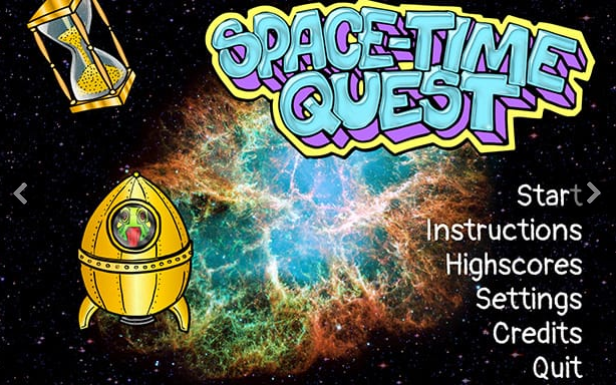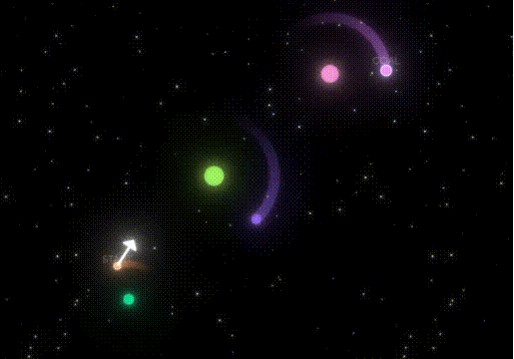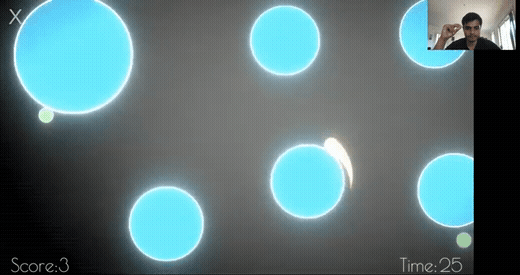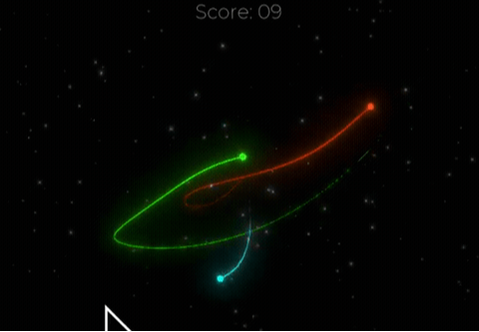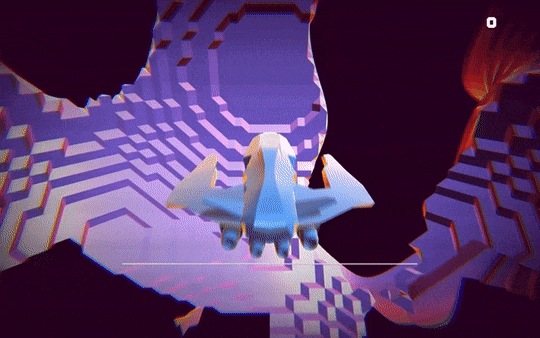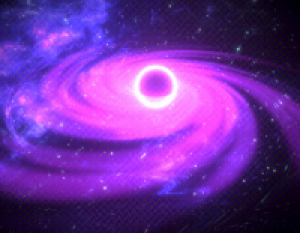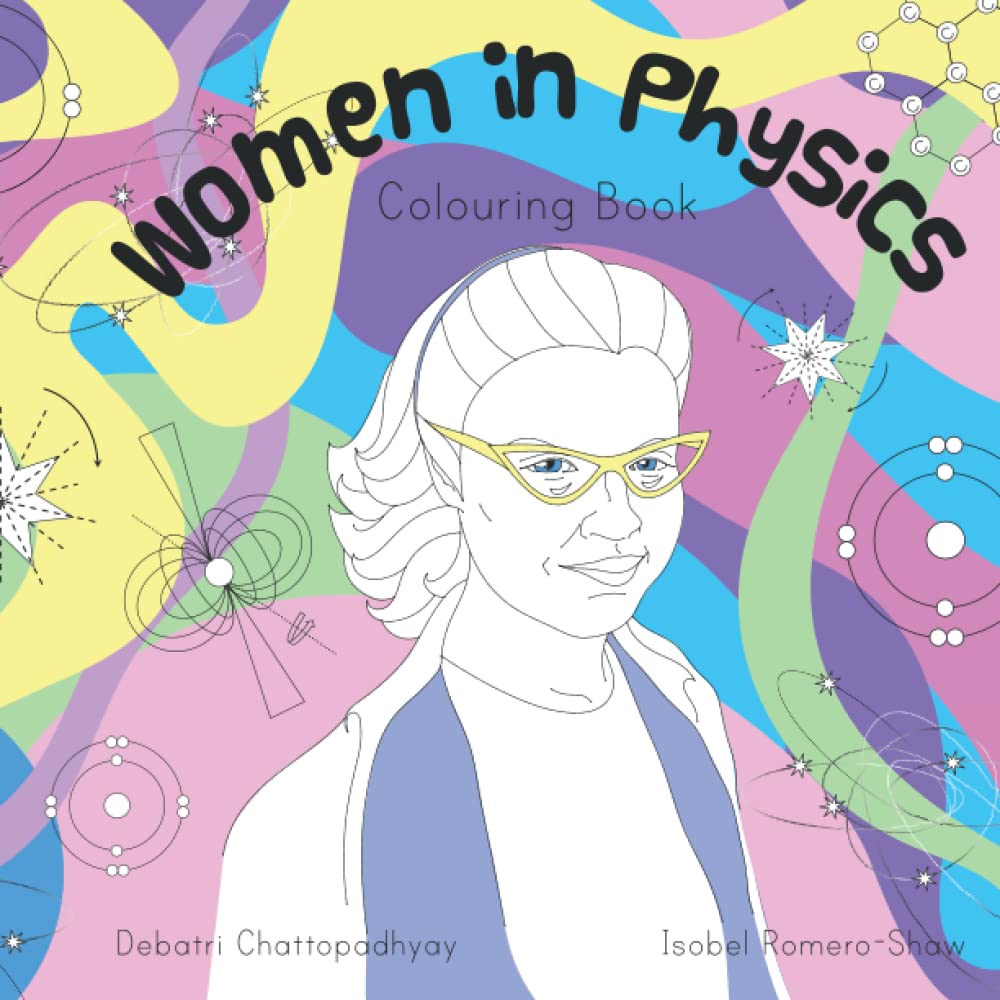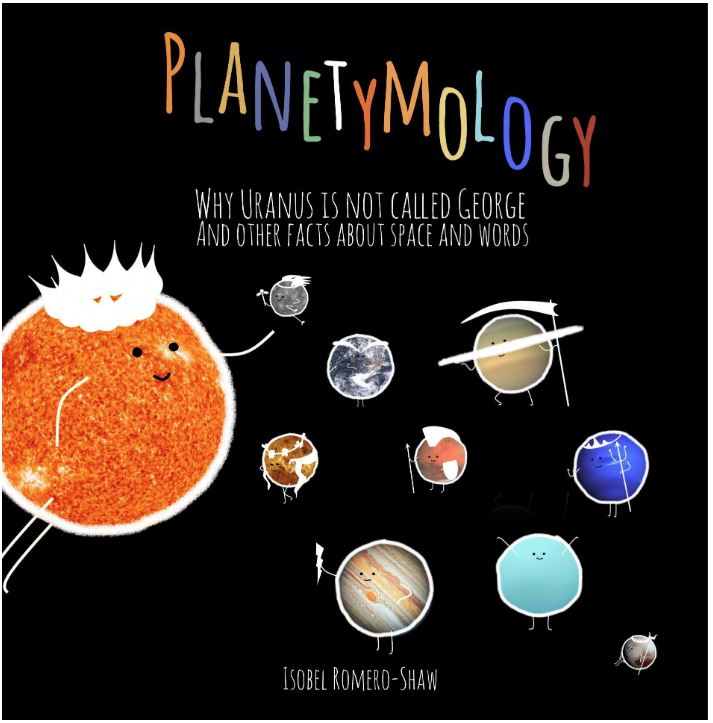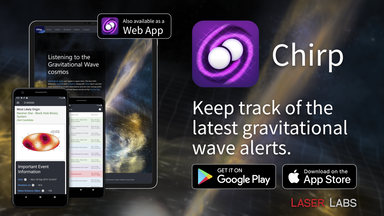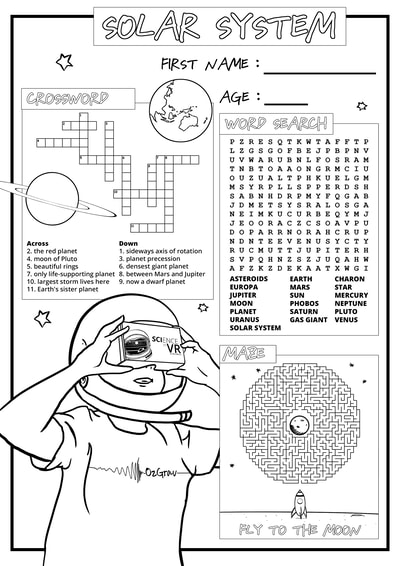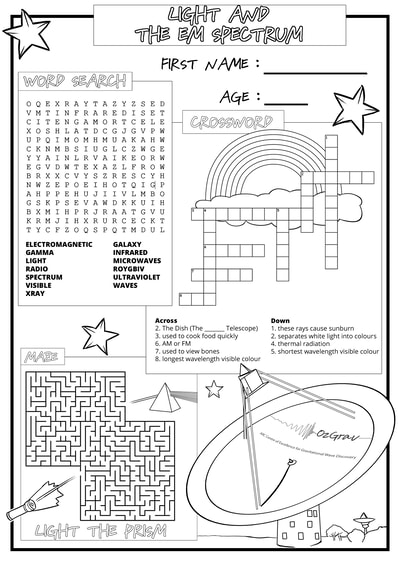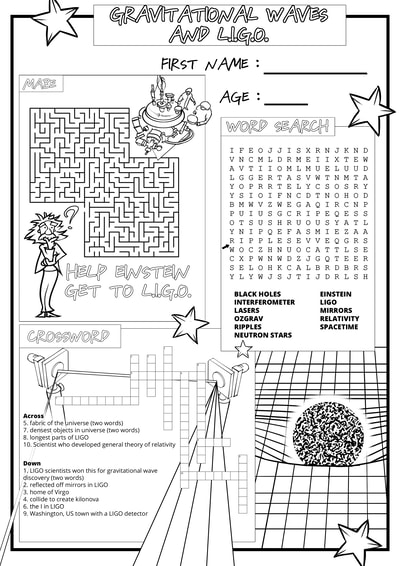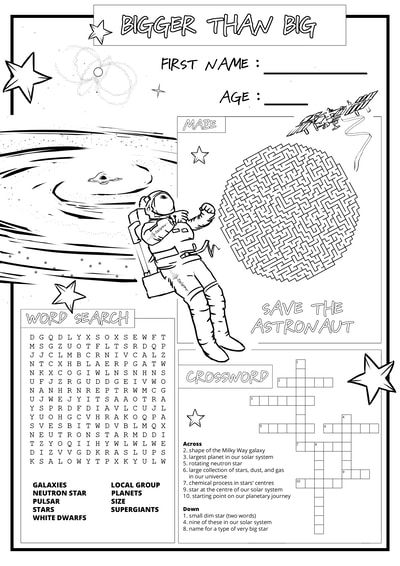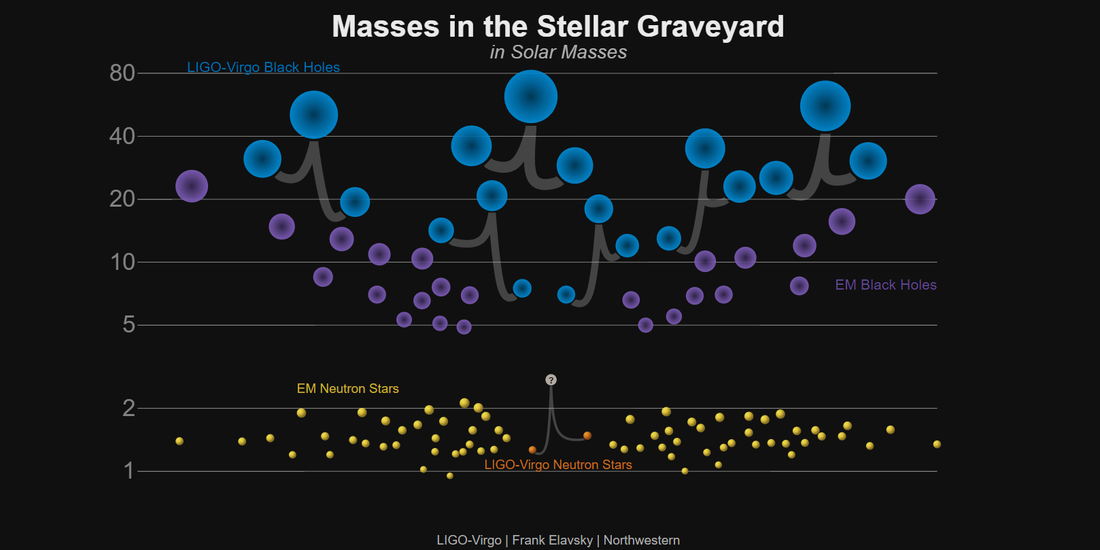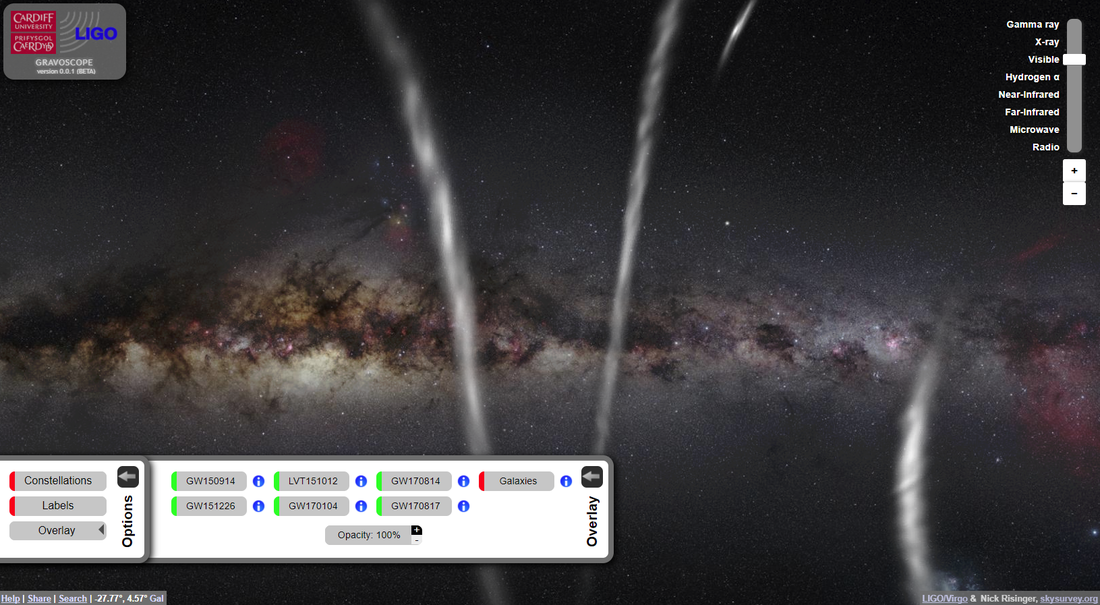SciVR: Immersive Science - virtual reality
|
The SciVR app is your gateway to a universe of science, bringing the incredible invisible universe to you.
|
|
Download the free app to your smartphone. You can use the app in headset (stereo) mode, or single-view (mono) mode.
|
|
Visit the SciVR website for info about headsets, event times and locations across Victoria as part of National Science Week in 2018 and 2019, and online in 2020 and 2021 with thanks to National Science Week funding. |
Laser Labs
|
OzGrav PhD students Isobel Romero-Shaw and Debatri Chattopadhyay published
some science books for the general public, students, families and children.
Order your copy through Amazon.com.au
some science books for the general public, students, families and children.
Order your copy through Amazon.com.au
Women in physics colouring book
Embark on a journey through time with some amazing women who changed the course of history with their physics research! Money raised supports Debatri and Isobel's leadership training trip to Antarctica with the Homeward Bound program. https://www.amazon.com.au/Women-Physics-Colouring-Isobel-Romero-Shaw/dp/0645041122/
|
Planet names
Don't you just LOVE Isobel's planet drawings? Find out how the planets got their names. https://www.amazon.com.au/Planetymology-Uranus-called-George-other/dp/B08JKVMX3Y/
|
Einstein First
|
|
|
Chirp!
Chirp is an app that allows you to keep track of the latest collisions of black holes, neutron stars and maybe more, just minutes after they are detected by the growing international gravitational wave detector network - LIGO (Laser Interferometer Gravtiational Wave Interferometer) in USA, Virgo in Italy, and KAGRA in Japan. We are looking forward to Observing Run 4 starting in early 2023. Chirp is available for Android, iOS and web and can be downloaded for free here. It contains no ads and no in app purchases. If you prefer to use a webpage instead of a mobile app, or just want to see what this is all about, have a look at: http://chirp.sr.bham.ac.uk/ |
Fun Sheets
Download some fun colouring sheets, crosswords, find-a-words and mazes.
Click here for an online crossword celebrating the 2017 Nobel Prize for detection of gravitational waves.
LIGO and virgo
Gravtiational Wave Open Science Centre
Explore gravitational wave data with interactive tools
Contribute to scientific searches
Keep up-to-date with LIGO and VIRGO event announcements
https://www.gw-openscience.org/interactive/
Contribute to scientific searches
Keep up-to-date with LIGO and VIRGO event announcements
https://www.gw-openscience.org/interactive/
GravoscopeGravoscope combines two distinct views of the Universe. You can explore our Galaxy (the Milky Way) and the distant Universe in a range of wavelengths from gamma-rays to the longest radio waves. Change the wavelength using the slider in the top right of the screen and explore space using your mouse. Gravoscope also allows you to overlay the projected possible locations of gravitational waves detected by Advanced LIGO. Cardiff University.
|

